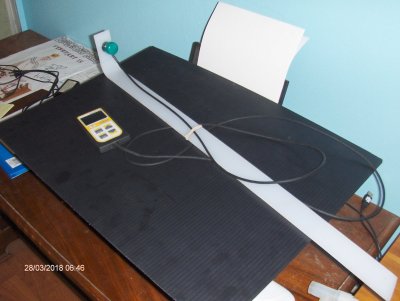dbl
It Takes Less Energy to be Nice
View Badges
Excellence Award
Reef Tank 365
Article Contributor
Moderator Emeritus
Reef Squad Emeritus
Hospitality Award
My Tank Thread
Thought it might be interesting to see how everyone is measuring your light strength/output in your systems. What are you using to determine you have the right amount of light? Are you doing anything to measure it? So let's see what everyone is doing.
















